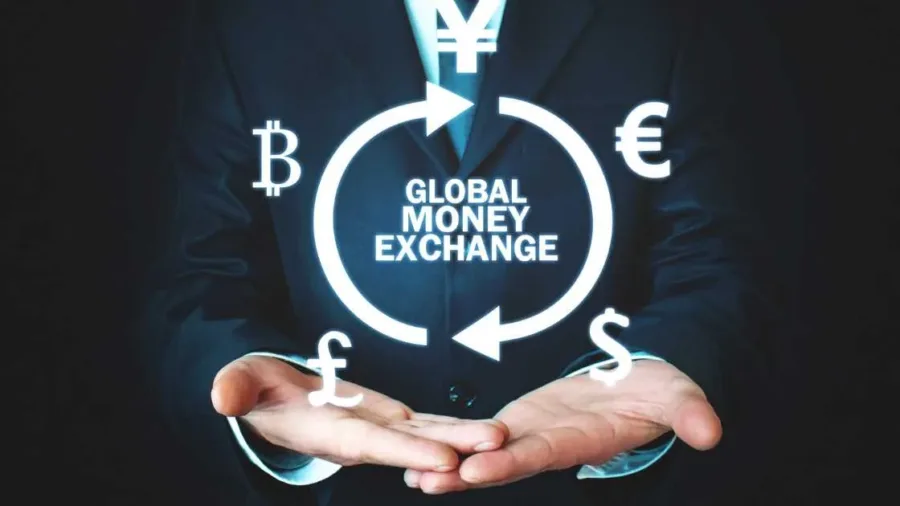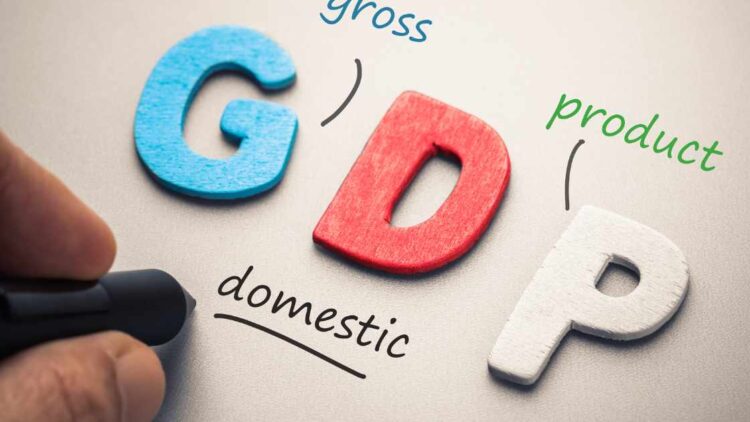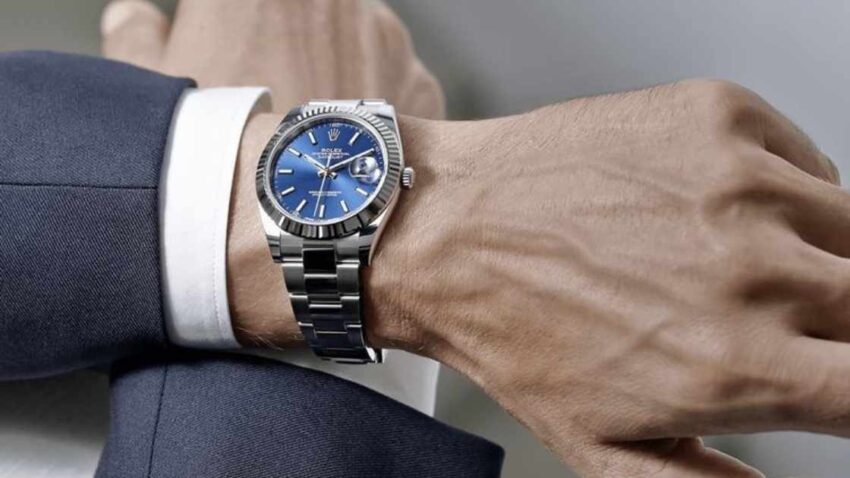Hey folks! your search ends here to understand how exactly the currency value is decided all over the world . There are different factors which come into play i.e the investors’ sentiments , demand of oil and other commodities in a particular country , inflation , deflation etc .
What is currency ?
Currency is a medium of exchange for goods and services. In short, it’s money, in the form of paper and coins, usually issued by a government and generally accepted at its face value as a method of payment.
Most countries issue their own currencies. For example, China’s official currency is the Renminbi , and South Korea’s is the South Korean Won. An exception is the Euro, which has been adopted by most countries that are members of the European Union.
Some countries accept the U.S. dollar as legal tender in addition to their own currencies, like the Bahamas, Zimbabwe, and Panama. For some time after the founding of the U.S. Mint in 1792, Americans continued to use Spanish coins because they were heavier and presumably felt more valuable.
How currency value is decided?
Many things cause a currency to change in value – if a country is exporting a lot of stuff, people who need the currency to purchase those exports push the price up. High interest rates in the country make the currency more attractive for investors. If a country is importing a lot, then persons push the value down by selling the local currency to pay for foreign imports, and low interest rates limit the amounts of investment. And, of course, if the government of a country prints more money, then all the money becomes less valuable.
P.S – The reserves ( central bank , other private and public banks ) should have limited supply of that particular country’s currency in order to get the value appreciated . The more they have to give away , the less valuable a currency is .
Who decides foreign exchange rates ?
Foreign exchange rate is either set by government through its central bank, which is called “pegged currency rates” or set by demand and supply which is called floating currency rates . For example, The Unites Arab Emirates dirham is pegged to the US dollar at the exchange rate of 1 USD = 3.675 AED . Such currencies are called fixed or pegged. Countries usually peg their currencies to maintain stability for investors, who don’t want to worry about fluctuations in the currency’s value.
But most exchange rates aren’t fixed—they’re “floating,” meaning their values constantly change depending on various economic factors. As of December 2022 , 1 USD = 82.21 Indian Rupee. Ten years ago, a dollar was worth fifty rupees. And forty years ago, you only needed eight rupees to get one dollar. Over time, the value of the rupee has depreciated, or gone down, making it worth less. Sometimes a currency that depreciates is described as getting weaker because you can buy less foreign currency with it. On the flip side, the Israeli new shekel was worth just nineteen U.S. cents in 2003, but its value has grown over time, trading in for thirty cents in December 2022 , a nearly 60 percent increase. Over this time period, the shekel got stronger or more valuable; in other words, the currency appreciated.
An investor’s sentiments towards a country can affect the worth of its currency.
Stable countries are considered to be attractive destinations for investments. The more that people want to invest in a country, the more that country’s currency will appreciate or be worth. This is because investors from other countries need to use that country’s currency in order to invest. For example, a French person who wants to invest in the Indian stock market needs the Indian Rupees to do so. This demand for Rupees drives up its value.
The opposite is also true: unstable countries do not attract investors. When investors are uncertain about a country’s future, the demand for its currency typically falls. This happened in the United Kingdom after the Brexit Referendum in the summer of 2016. Investors didn’t know how the decision to leave the European Union would affect the British economy and were thus unwilling to invest in the country; this led to the devaluation of the British pound sterling.
Price of certain commodities such as oil , affects the demand for the currency.
Oil exports make up a large percentage of the Russian economy. So if a foreign oil company wants to buy oil in Russia , it needs to exchange its foreign currency for Russian Ruble . If oil prices rise, the company will need to exchange more of its currency for Russian Ruble , driving up the demand for the Ruble and thus its value. Similarly, falling oil prices mean foreign oil companies need to spend less of their currency to buy the same amount of oil. This reduces the demand for Ruble and pushes its value down. Learn how the business of “import/export” can make you rich .
Inflation also affects a currency’s value.
Inflation means higher prices and generally lower purchasing power for a country’s currency. If a country experiences inflation, the prices of its exports increase, making them less attractive to foreigners.
A little bit of inflation—say, prices rising by 1 or 2 percent per year—is normal and the sign of a healthy economy. But hyperinflation, an extreme form of inflation in which prices increase out of control, can drastically weaken a country’s currency. Between 2008 and 2009, Zimbabwe experienced hyperinflation after the government overprinted money, in large part to pay off the massive debt that it had accumulated trying to stave off a domestic food shortage. This led to soaring prices and inflation rates of over 100 billion percent.
For this reason, central banks in developed countries usually try to keep inflation under control by indirectly taking money out of circulation when the currency loses too much value.
What is Deflation ?
Deflation occurs when the general price level across the economy declines. That sounds like a great thing, but it is worse for the economy than inflation. Why? Think about what happened to the housing market from 2007 to 2011. That was massive deflation.
Many people could not sell their houses for what they owed on their mortgage. Buyers were afraid that the price would drop right after they purchased it. No one knew when prices would turn back up.
References :-
- https://world101.cfr.org/global-era-issues/monetary-policy-and-currencies/understanding-currencies-and-exchange-rates
- https://en.wikipedia.org/wiki/Exchange_rate






Thank you for explaining in simple words. Very insightful knowledge!